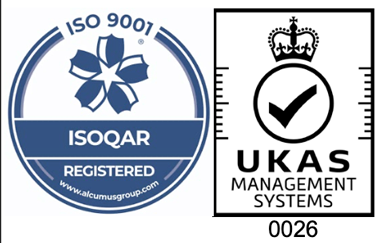How is rubber used to make tyres?
6th August, 2018
Modern tyres go through a complicated production process in order to ensure each individual product is identical to the one before it, as well as safe and secure.
Tyre companies formulate a rubber compound to make their tyres, carefully balancing a blend of various rubbers and fillers to ensure optimal performance.
What is the rubber compound used to make tyres?
When creating a rubber compound, the tyre manufacturers will combine the rubber itself and a filler in such a way that the resulting compound achieves their specific objectives.
Depending on where the tyre is going to be used, the objectives can vary from maximized traction in all weather, to optimized performance, and even superior resistance when rolling.
The tyre company will choose one or more specific types of rubber to mix with a filler – this will form the basis for the main material used in the production of the product.
Which raw materials are used to make tyres?
Typically, a rubber compound used to make tyres will include two or more of the following types of rubber:
- Natural Rubber
- Styrene-Butadiene Rubber (SBR)
- Polybutadiene Rubber (BR)
- Butyl Rubber (and halogenated butyl rubber)
The first three are used most commonly in sidewall and tread compound applications. Conversely, butyl and halogenated butyl rubber are both used mainly in the manufacturing of the inner tyre lining.
Which other ingredients are used to make tyre rubber?
The most commonly used fillers used for tyre production are silica and carbon black, though choosing between them occurs based on the performance requirements of the tyre in question.
In addition to a highly specific mix of rubber and filler, tyres require a special blend of antioxidants, antiozonants, and accelerators to process the tyre and refine its functionality. After this, a “cure package” is used – this is to form the tyre’s shape and improve elasticity.
How is the rubber compound mixed?
Mixing the compound together is a difficult task, involving careful consideration of quantities, temperature, and timing.
A mixing machine is used, capable of producing more than 200 kilograms of rubber compound per batch in under 5 minutes.
Inside the mixing machine, a chamber with rotors inside of it breaks down the rubber bales, chemicals, and fillers used to make the rubber compound.
At this point, it’s critical to ensure the mixing temperature is monitored, as well as the sequence by which ingredients are added to the mixing chamber. Usually, this stage is completed in two parts in order to ensure the materials within the machine are being mixed properly and without risk of scorching.
What happens to the rubber compound?
Batch coming out of the machine is sent through various machines, which form it into a continuous sheet known as “slap”. This sheet of rubber is transferred throughout the manufacturing plant to aid production of each element of the tyre.
The tyre is then formed, shaped, and held together using steel fibres and various other supports. Tyres go through rigorous testing and processing before being shipped out to suppliers, including tread examinations, corner testing, and how well they support different weights.
Get in touch
For a company that can supply you with high quality rubber products made to your unique specifications, get in touch with Aquaseal Rubber Ltd. Give us a call on 0191 266 0934 or drop an email to enquiries@aquasealrubber.co.uk. We look forward to working with you.


